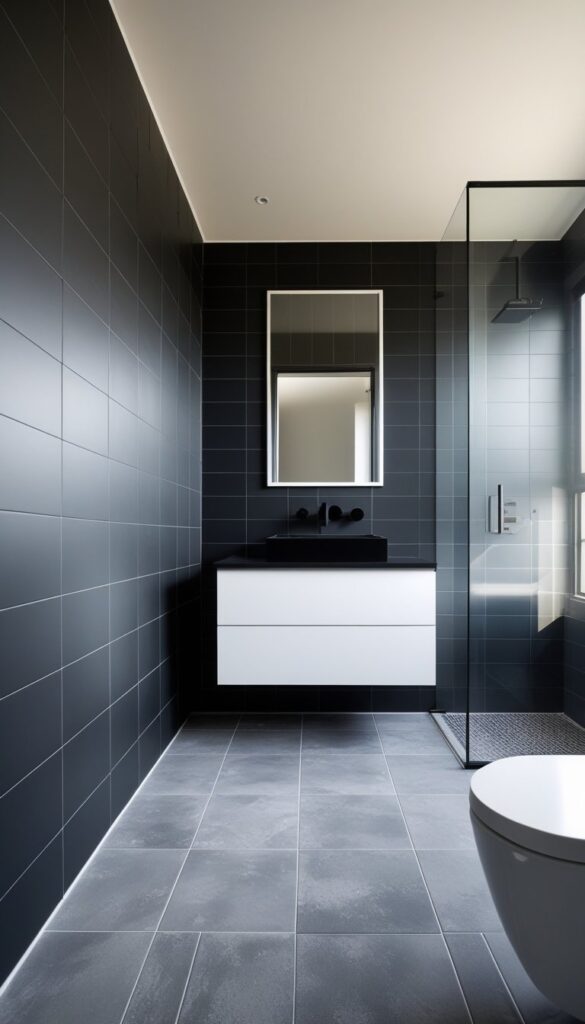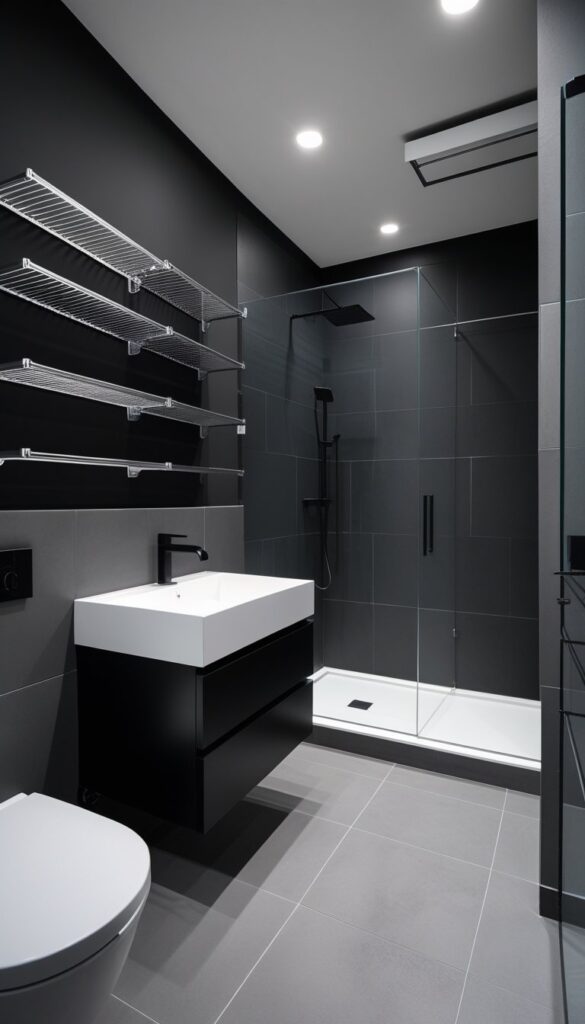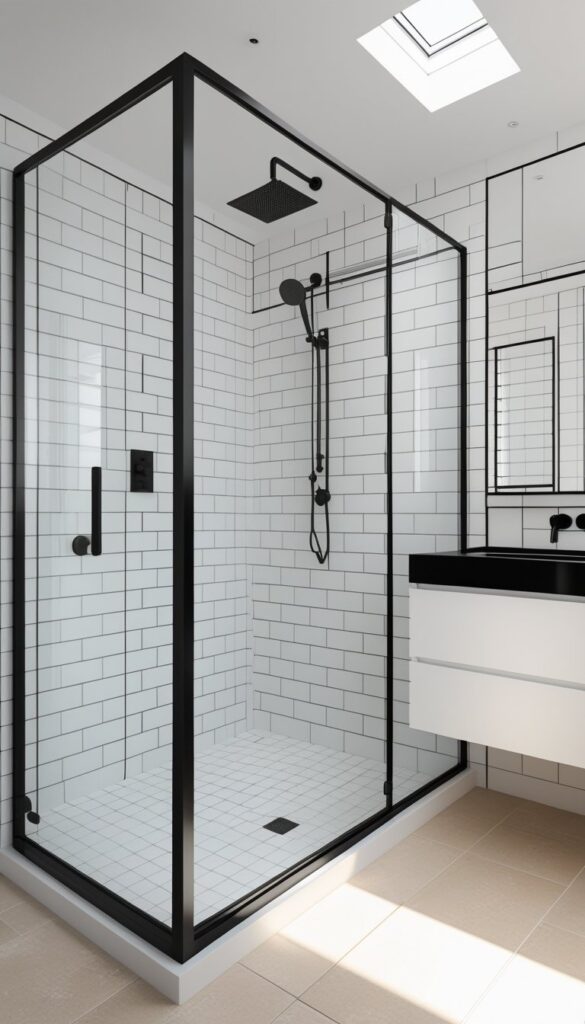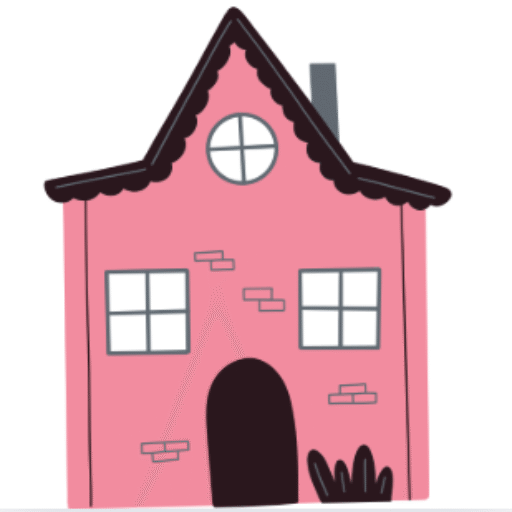16 Interior Design Living Room Ideas
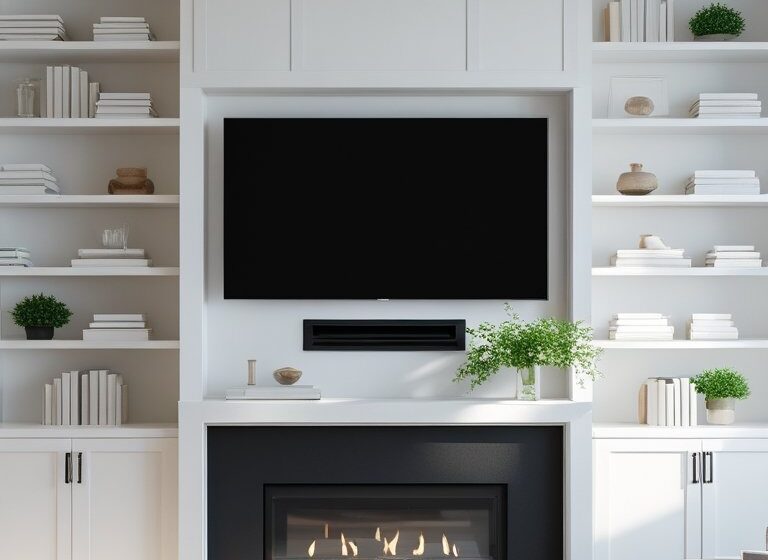
Interior design plays a vital role in shaping the comfort, functionality, and personality of a living room. Whether you’re furnishing a brand-new apartment or refreshing your existing space, smart design choices can help you achieve a stylish and welcoming living environment. From layout optimization to material selection, these 16 interior design living room ideas are crafted to help you balance form and function while expressing your unique aesthetic.
1. Use Tone-on-Tone Color Schemes for Subtle Sophistication
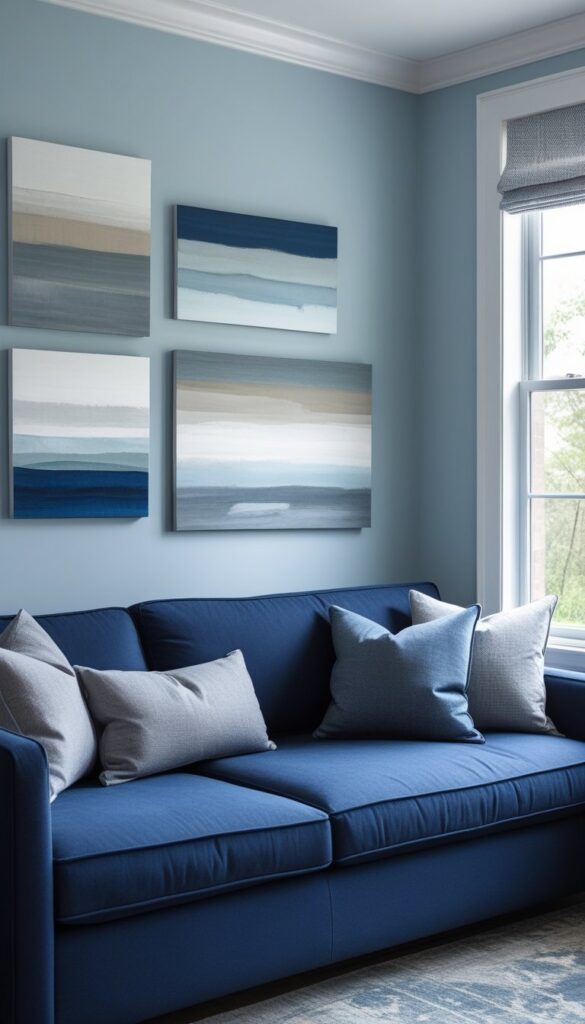
Tone-on-tone palettes create an elegant and seamless look. By layering different shades of the same color—like dusty blue, slate, and navy—you add visual depth without overwhelming the space. This approach works well in modern, transitional, and classic interiors.
2. Add Contrast with Mixed Textures
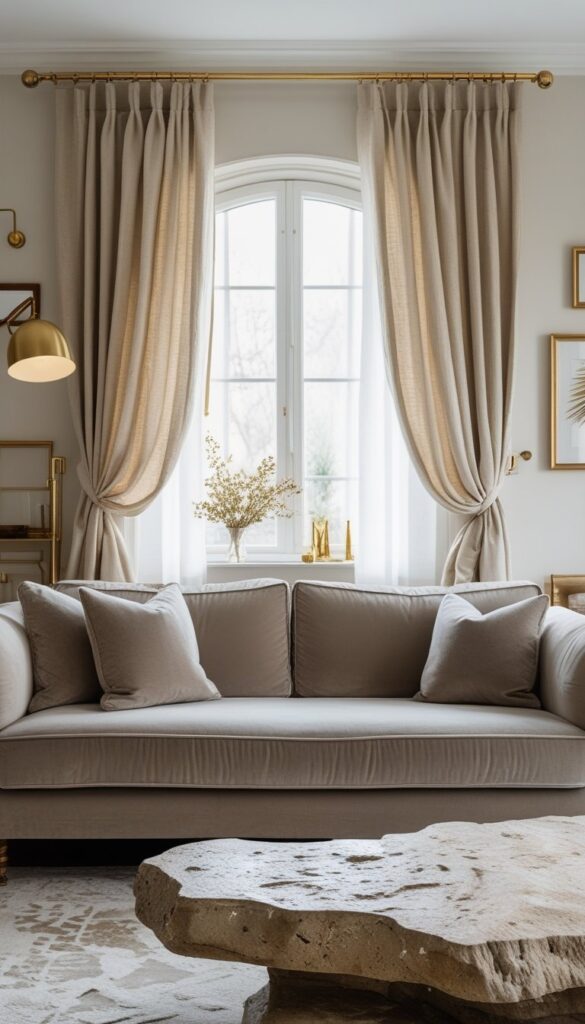
Mixing textures gives dimension and character to your space. Combining soft velvet, rough linen, matte ceramics, and shiny metals brings visual interest even when the color scheme is neutral. The tactile experience makes the room feel rich and layered.
3. Introduce Curved Silhouettes in Furniture
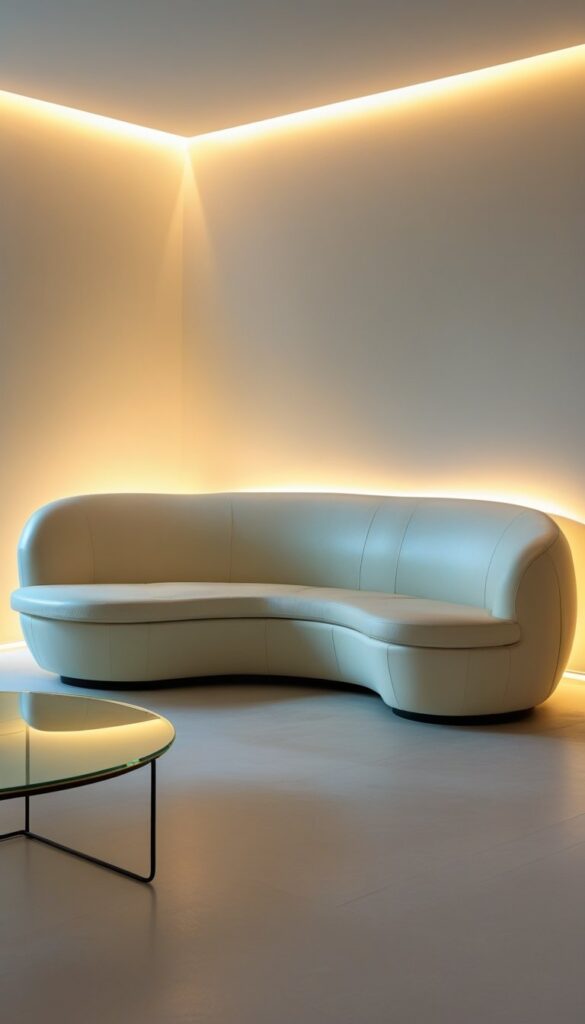
Curved furniture softens the visual flow of your living room. Arched armchairs, rounded coffee tables, and circular lighting fixtures create movement and a calming vibe. This style enhances both small and large spaces with organic balance.
4. Ground the Room with a Statement Rug
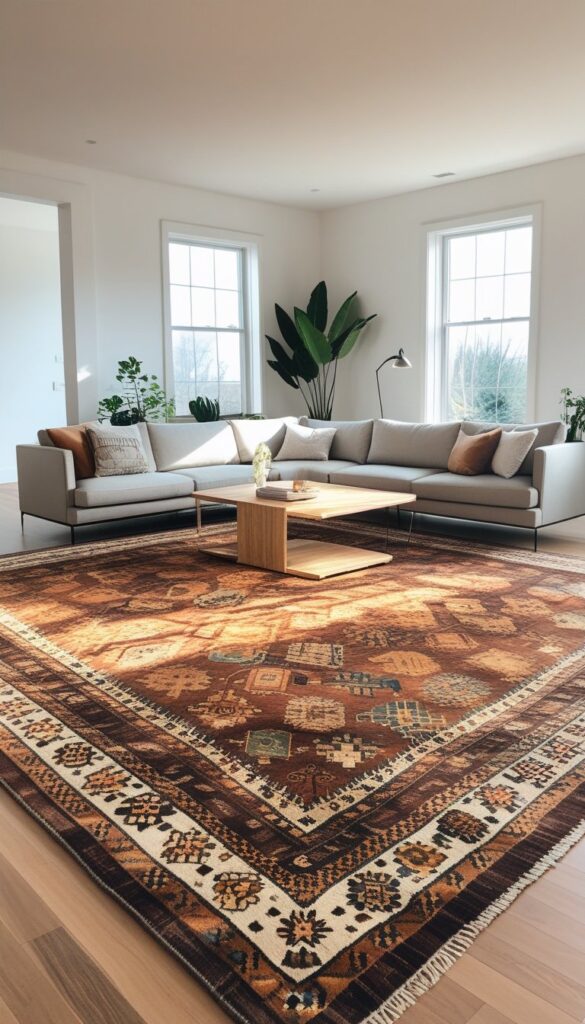
A rug serves as a visual anchor, helping define the seating area and adding comfort underfoot. Choose a pattern that ties in with your existing color palette or adds a focal point. Size and placement are key for harmony.
5. Install Floor-to-Ceiling Drapes for Height
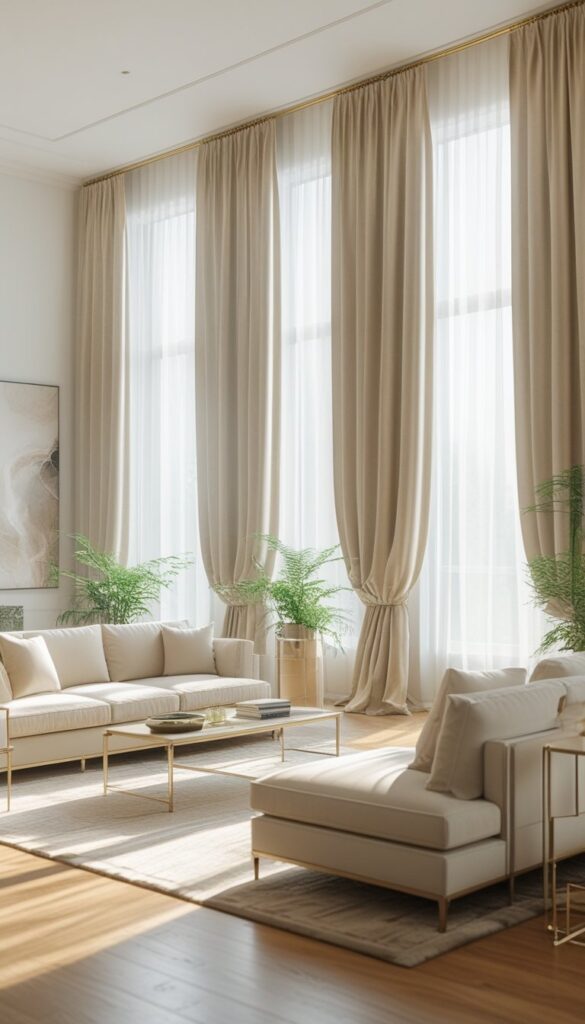
Long drapes make ceilings appear taller and the space feel more grand. Use lightweight fabrics like linen or sheer cotton for airiness, and heavier materials like velvet for a luxurious finish. Mount the curtain rod close to the ceiling.
6. Use Built-In Cabinets for Streamlined Storage
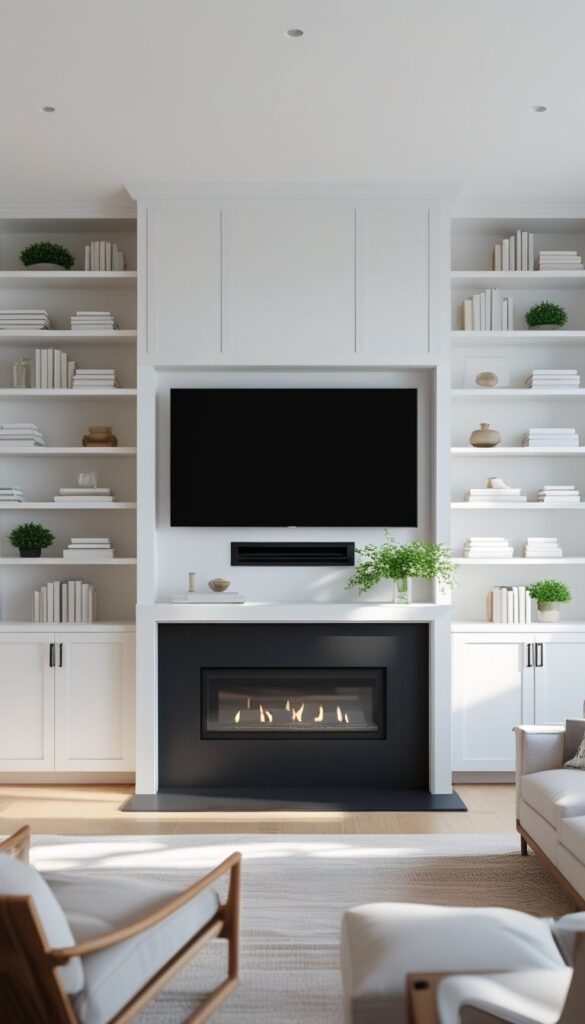
Built-in units keep clutter out of sight and provide a polished, architectural look. You can flank a fireplace with shelving, install cabinetry under a window, or build around your media wall. Customize finishes to match your style.
7. Create Balance with Symmetrical Layouts
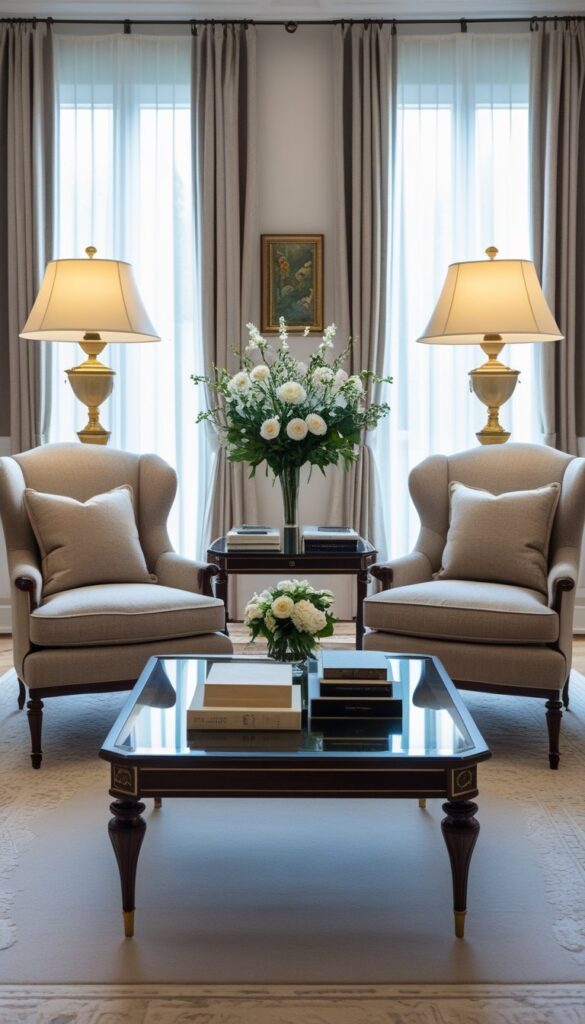
Symmetry gives your living room a sense of order and elegance. Arrange furniture and decor in mirror-image pairs—like matching chairs, lamps, or artworks—to create visual balance. This method enhances traditional and formal styles.
Also Read:15 Living Room Inspiration Ideas
8. Highlight Focal Points with Accent Walls
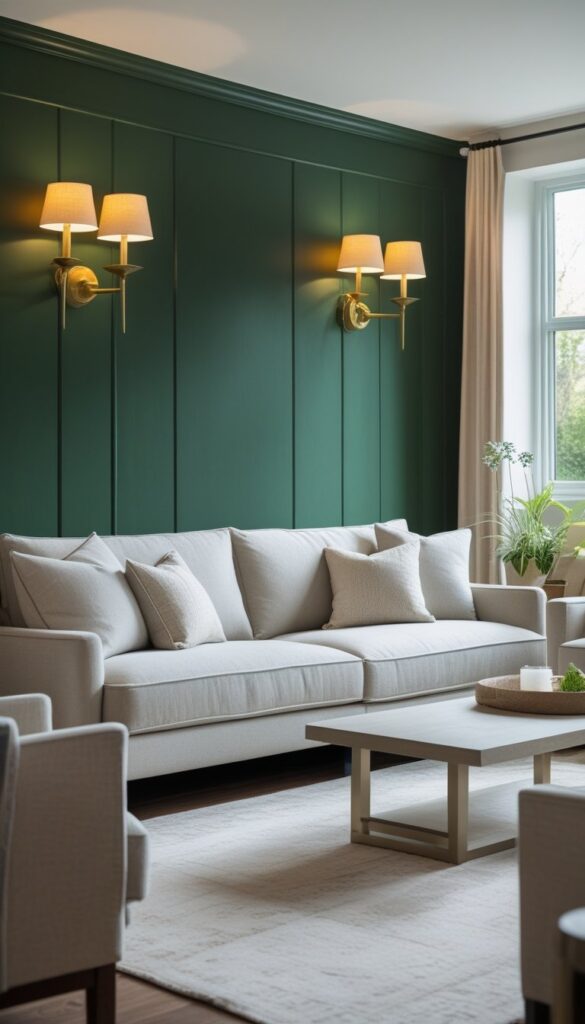
Accent walls define the mood and draw attention to a feature like a fireplace or media area. Paint, wallpaper, wood paneling, or textured materials can add depth. Choose a tone or pattern that complements the rest of the room.
9. Integrate Smart Lighting Layers
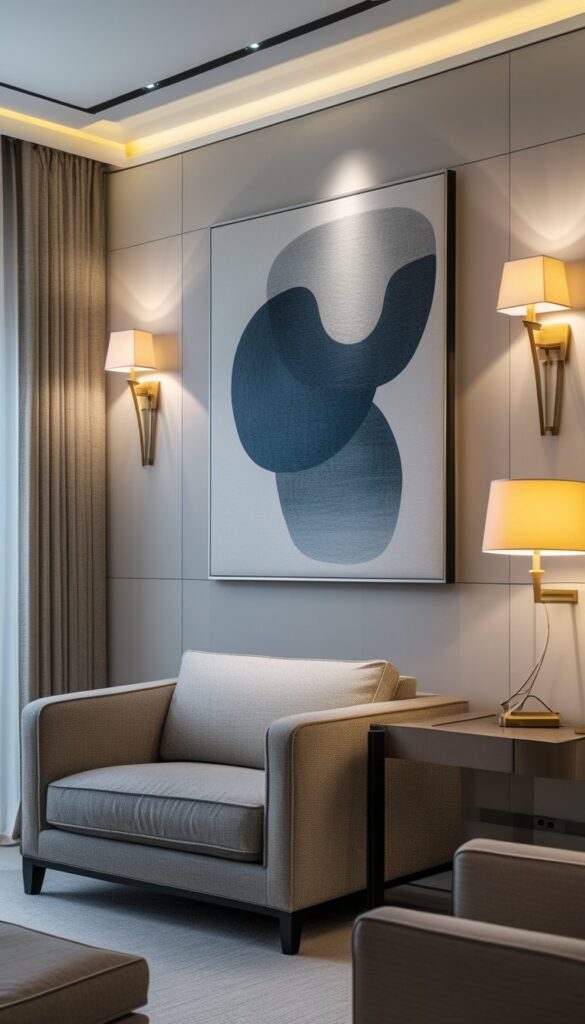
Layered lighting improves functionality and mood. Combine ambient (ceiling lights), task (floor or desk lamps), and accent lighting (LED strips, wall sconces) to give you control over brightness and focus areas. Use dimmers for flexibility.
10. Incorporate Floating Shelves for Display
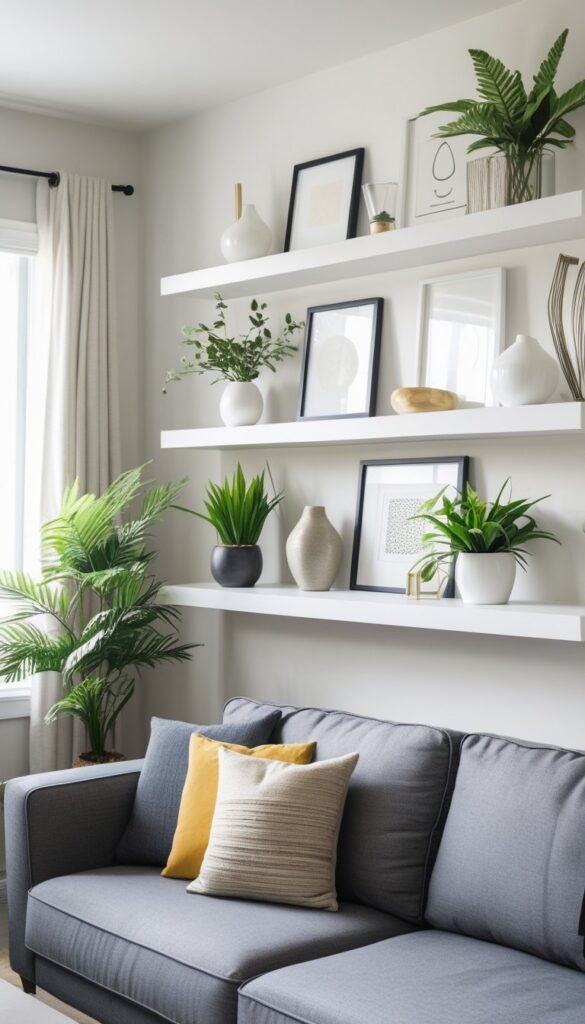
Floating shelves offer a clean-lined way to showcase art, books, or collectibles. They work well above sofas, consoles, or in awkward corners. Keep the styling intentional—mix horizontal and vertical elements for visual balance.
11. Embrace Monochromatic Themes
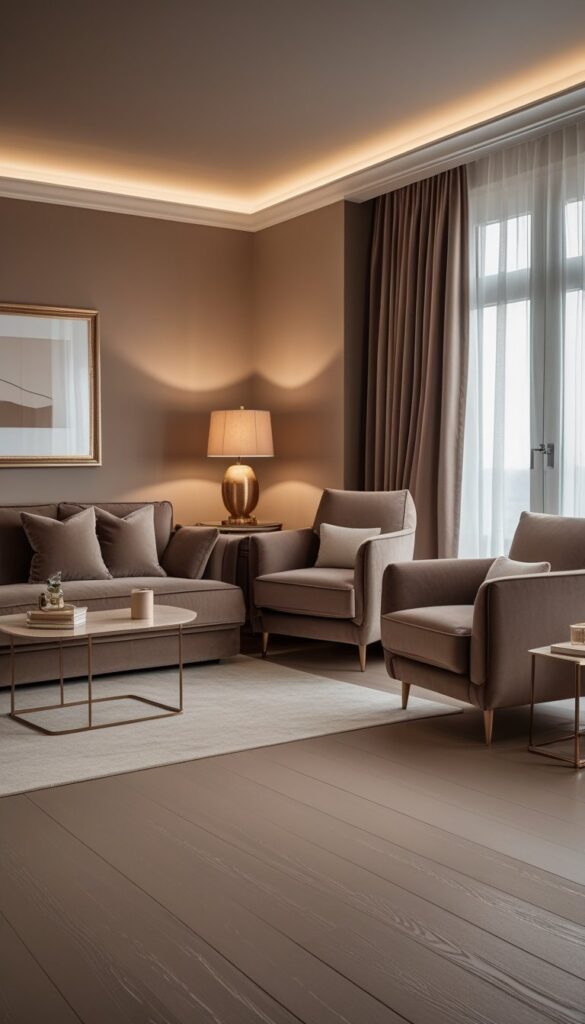
Monochromatic design makes a bold and cohesive statement. Using a single color in varying tones allows for creativity through shapes, materials, and textures. It simplifies design decisions while maintaining sophistication.
12. Introduce Statement Art Pieces
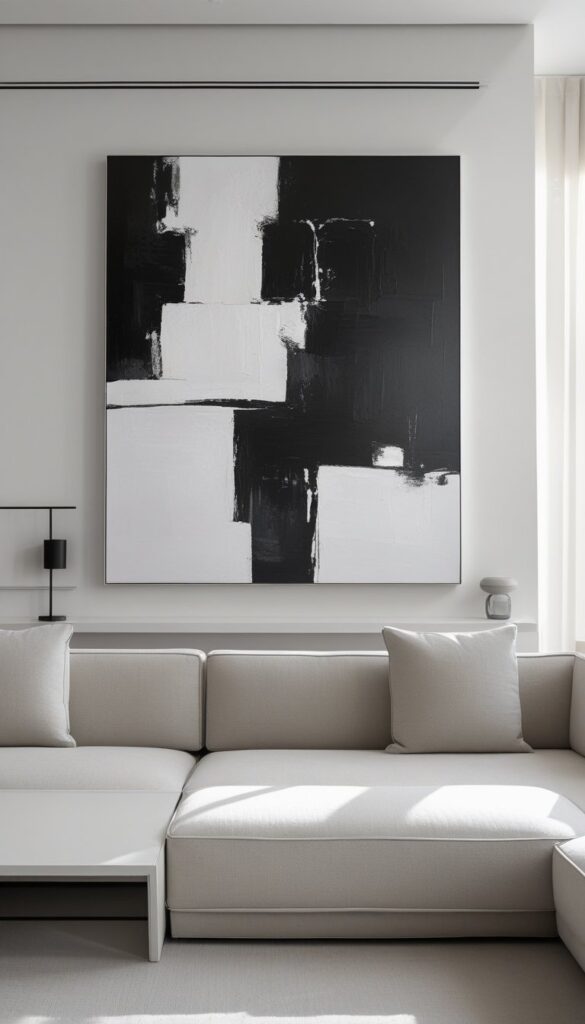
Large-scale artwork defines the mood of your space. Whether it’s abstract, landscape, or figurative, a single statement piece can be more powerful than a gallery wall. It brings personality and a refined focal point.
Also Read:15 Living Room Ideas to Elevate Your Space
13. Opt for Low-Profile Seating for a Contemporary Feel
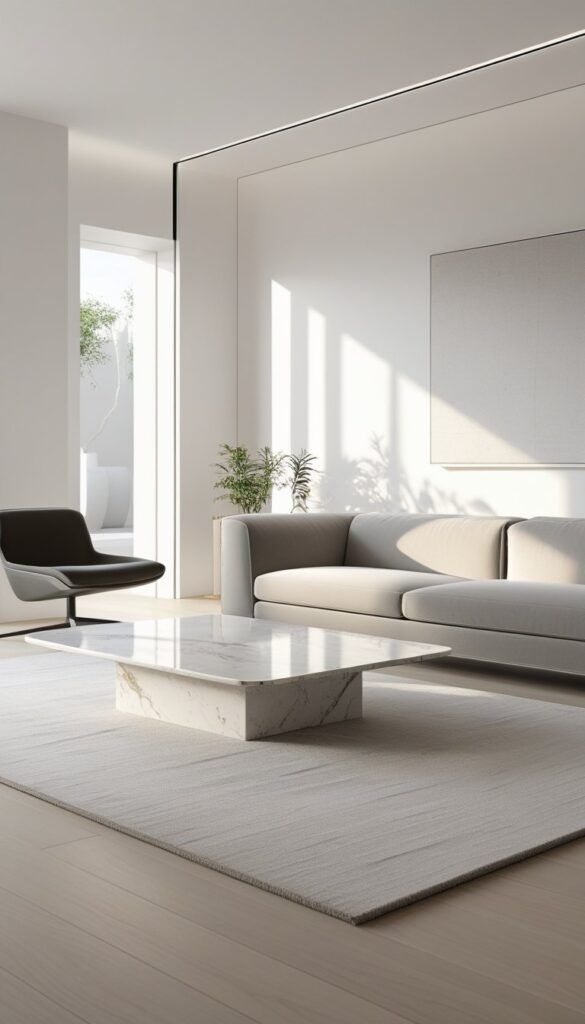
Low-profile furniture enhances openness and modern appeal. Sofas and chairs with a low seat height and slim legs give the illusion of more space. This is especially useful in urban apartments or open-plan areas.
14. Add Architectural Interest with Ceiling Treatments
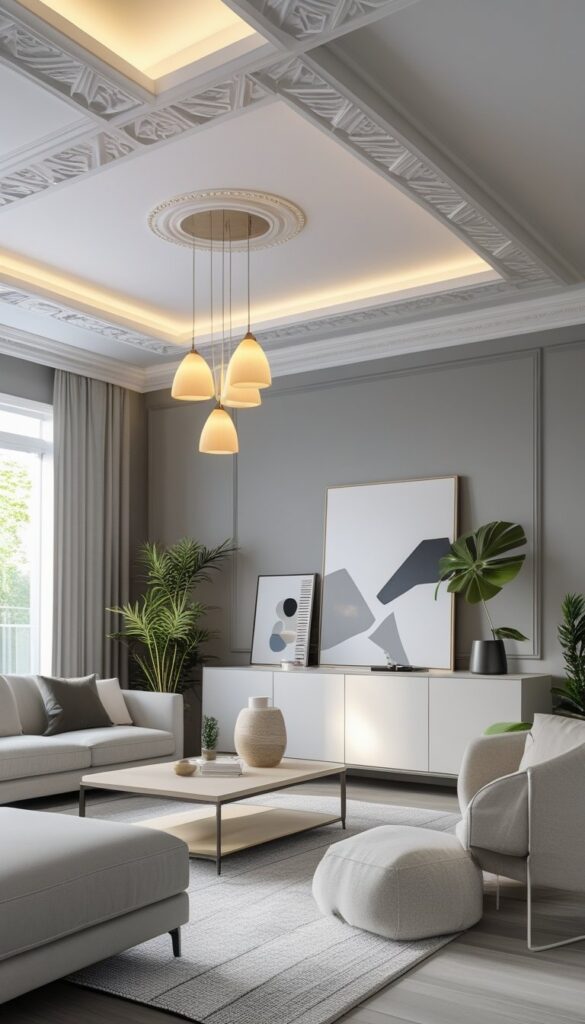
Ceiling details add depth and elevate a basic room. Consider coffered beams, wood paneling, painted trims, or even subtle wallpaper to give the ceiling character. This technique draws the eye upward and frames the space.
15. Maximize Corners with L-Shaped Furniture
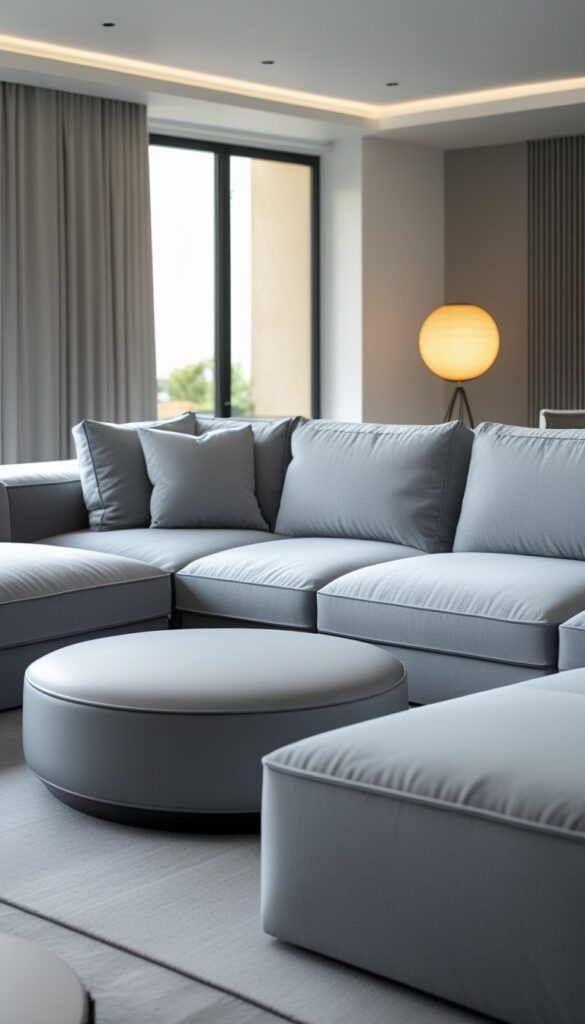
L-shaped sofas or sectionals make use of corner spaces without overcrowding. They help create a natural division between functional zones in open layouts. Choose modular options to adapt the shape as needed.
16. Combine Vintage and Modern Elements
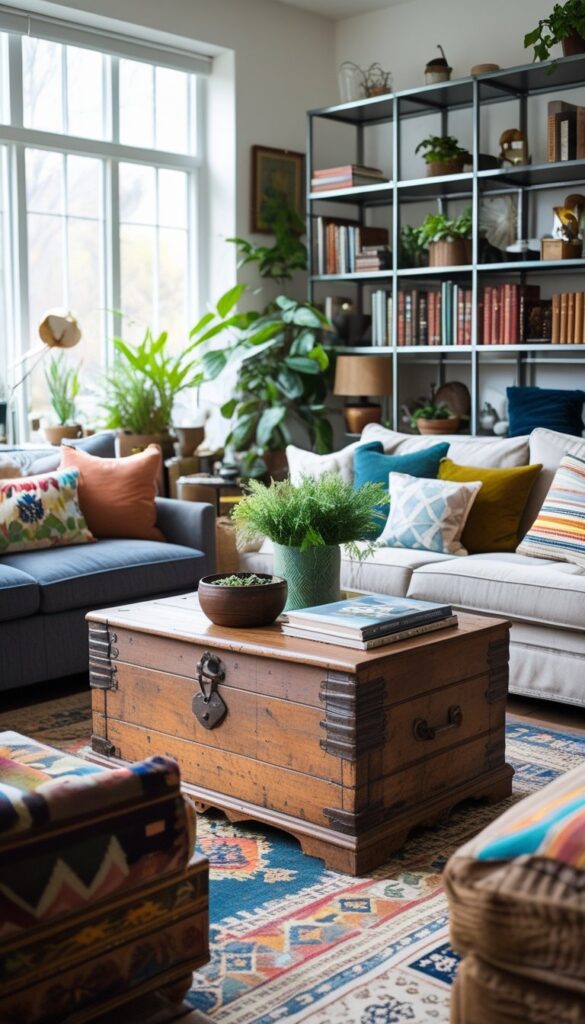
Blending eras adds soul and uniqueness to your design. Pair mid-century modern chairs with a rustic coffee table or use antique decor with contemporary lighting. Mixing styles reflects personality and avoids a showroom look.
